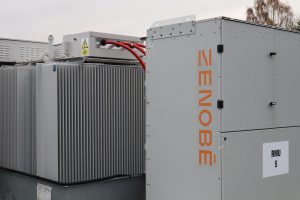
IMPORTant Signals – How to value battery storage under a Reformed National Market through TNUoS charging
Britain will keep a single national electricity market – what’s next for batteries and the Reformed National Market Action Plan?
We’re helping grid operators accelerate the uptake of renewable energy affordably and reliably with large-scale battery storage.
We’re helping grid operators move to a fully renewable electricity system affordably and reliably. By enabling them to overcome challenges in balancing supply and demand, power stability and constraints, we’re ensuring network demand and consumer cost expectations are met.
We help grid operators transition to a fully renewable electricity system affordably and reliably. By owning and operating the largest portfolio of battery systems on Great Britain’s transmission network, we enable them to balance supply and demand, maintain power stability, and overcome network constraints—ensuring reliability and cost-effectiveness for consumers.
contracted storage assets
BESS debt financing secured
grid services provided
across our battery portfolio
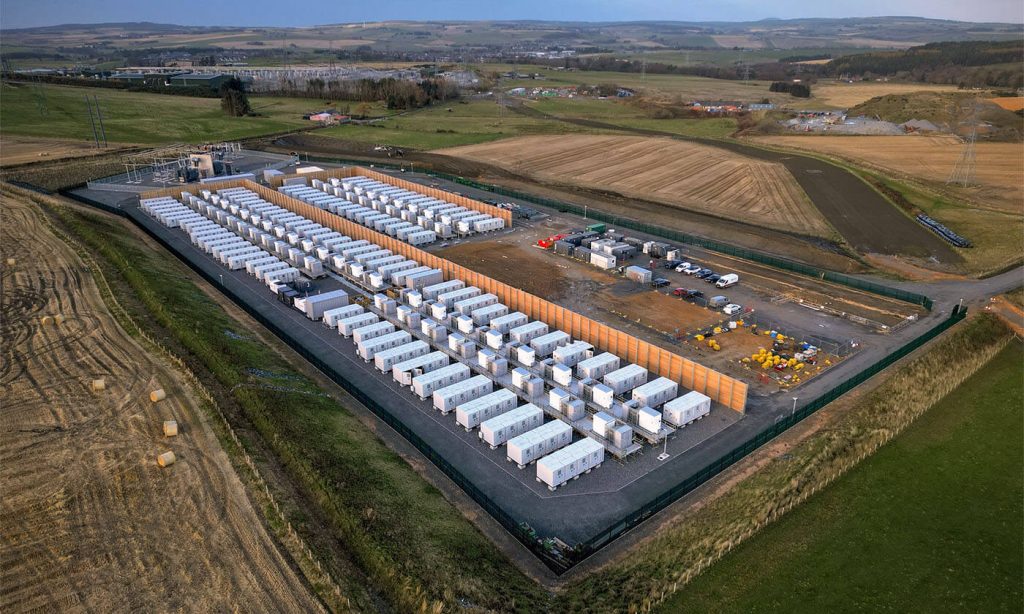
Our grid-connected batteries and services are powering the transition away from fossil fuels and towards net zero. By 2026, we are on track to manage 1.2GW of battery power.
Our 300MW Blackhillock project is the largest battery energy storage system in Europe at the time of go-live and the world’s first transmission-connected battery to provide full stability services. It is expected to save over 450,000 tonnes of CO₂ in the next 15 years while reducing consumer energy bills and maximising the use of homegrown renewables.
Our batteries have been the first to provide fast reserve, to be used for reactive power and to manage grid constraints on the transmission network.
Our bespoke solutions range from ancillary, balancing and wholesale trading, to providing inertia, short circuit level, and voltage management.
We also provide non-wire alternative solutions that reduce or eliminate expensive network reinforcement costs. These are specific solutions that are essential to a decarbonised electricity system.
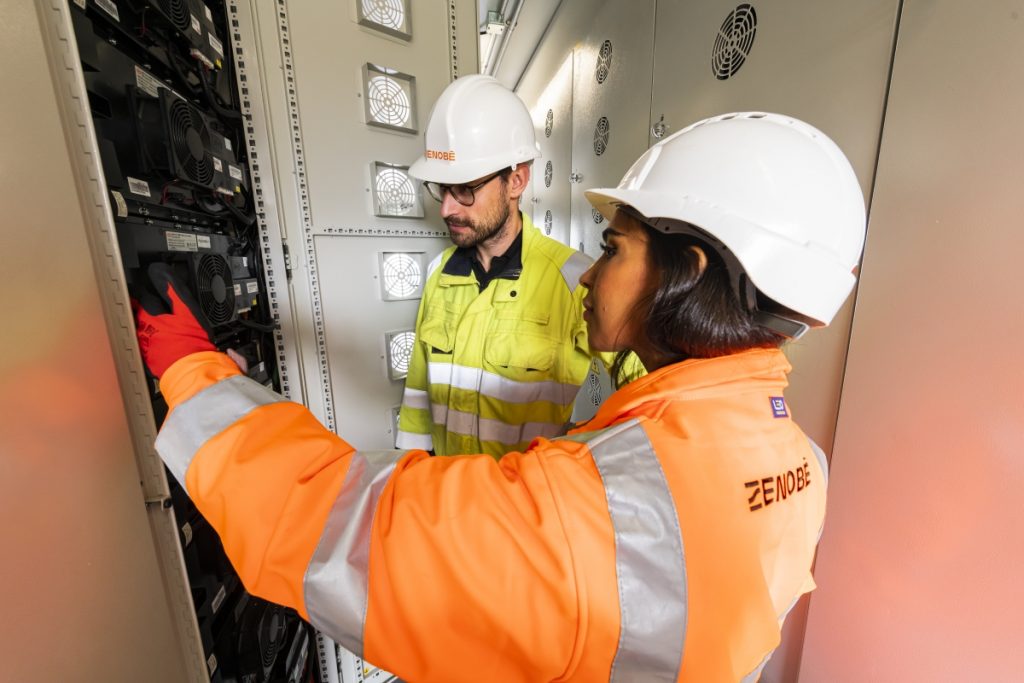
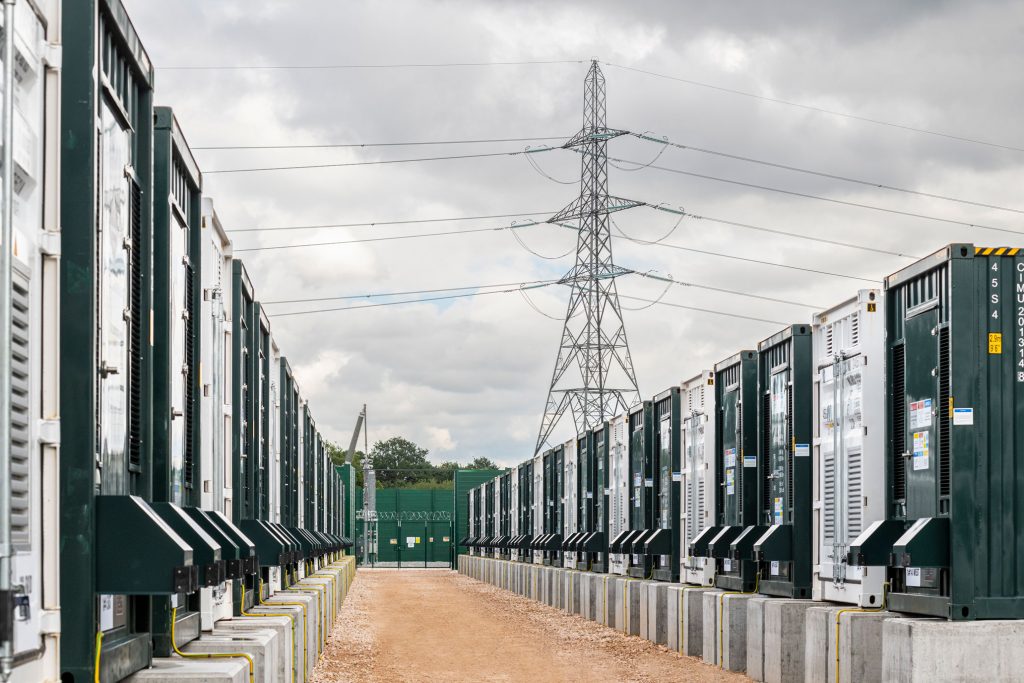
Our end-to-end solutions cut the need for expensive or time-consuming grid upgrades, facilitating a reliable and affordable electricity network.
We design, build, finance, maintain and decommission all our projects. And by partnering with financial institutions, we gain access to more competitive financing.
The combined result is that the end consumer gets a lower bill. And the proof is in our track record – we have multiple large-scale projects that validate this.
01.
Identify
Identify strategic locations and specific grid challenges where large-scale battery storage can provide reliable and cost-effective solutions for grid stability and renewable integration.
02.
Analyse
Conduct detailed site assessments, grid impact studies, and technical evaluations to design bespoke battery solutions tailored to local grid needs.
03.
Design
Create custom battery storage solutions including engineering design, planning, and optimisation of battery systems for grid services such as reactive power, frequency balancing, and short circuit support.
04.
Build
Manage the full project lifecycle from procurement and construction to integration, ensuring that each battery system meets the highest standards of safety, efficiency, and performance.
06.
Operate
Deliver operational management of battery assets, including real-time monitoring, grid support services, and maintenance to maximise asset value and grid reliability.
07.
Decommission
Develop and execute decommissioning strategies that minimise environmental impact and enable repurposing or recycling of battery components.
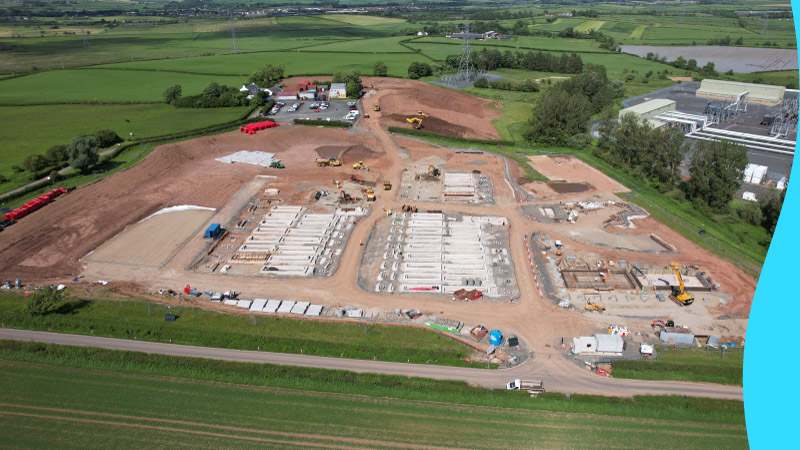
We’re advancing large-scale battery storage projects to strengthen the grid, maximise renewables, and cut consumer costs. See how our upcoming sites will drive the transition to a cleaner, more resilient energy system.
We’re advancing large-scale battery storage projects to strengthen the grid, maximise renewables, and cut consumer costs. See how our upcoming sites will drive the transition to a cleaner, more resilient energy system.
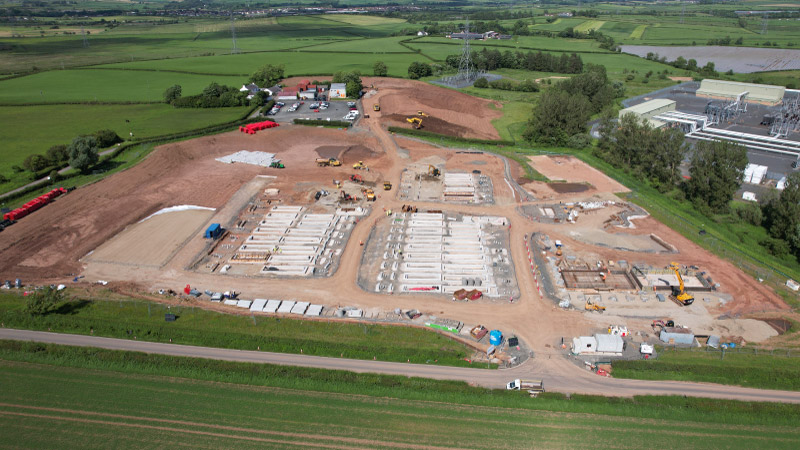

Britain will keep a single national electricity market – what’s next for batteries and the Reformed National Market Action Plan?

Discover why Britain’s advanced battery storage market isn’t yet reaching its full potential and how smarter regulation, market design and recognition of batteries as critical infrastructure can change that.

The Government’s Clean Power 2030 plan sets a target of 4 to 6 GW of operational Long Duration Electricity Storage (LDES) by 2030, growing to 5-10 GW by 2035. While these are ambitious and necessary goals, they prioritise just one piece of the energy storage puzzle.



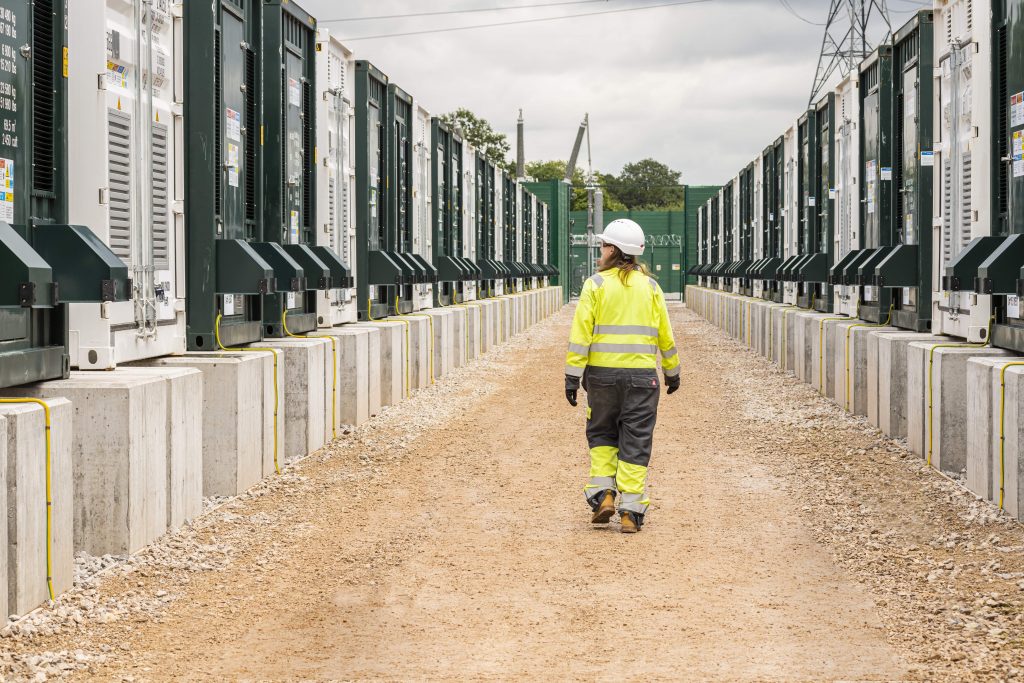
Batteries provide a range of different services to power networks, including maintaining grid stability, managing frequency, voltage, and short circuit level.
Renewable energy is intermittent which means that at any time there is a risk of generating too much or too little in relation to demand. This is where batteries come in – storing energy when there is an oversupply and releasing it when there is not enough.

Pete leads Zenobē’s growing team of Product specialists across all areas of the business. His team oversee our R&D as well as product development in both hardware and software.
He has been working in the European E-Mobility sector from over ten years, specialising in the design, build and delivery of software systems for EV Charging.